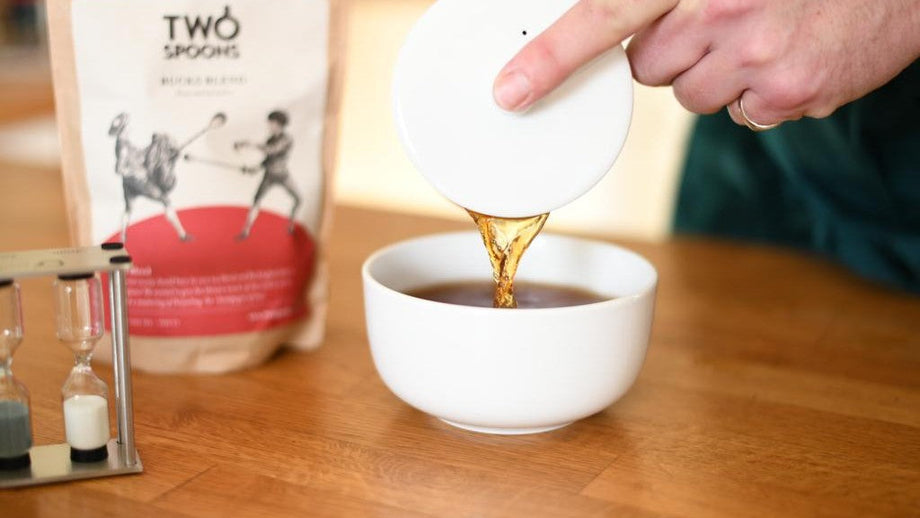
Milk in First or Tea in First: The Great Tea Experiment - how a tea break changed science forever.
The Lady Tasting Tea: How A Tea Break Changed Science Forever
We’ve always believed in the power of tea. But did you know one cup of tea helped shape modern science? It started with the milk-in-first, tea-in-first debate (MIF-TIF).
Let’s set the scene.
The year is 1920-something. The place? Rothamsted Experimental Station in Harpenden—home to agricultural research, statistical brains, and, apparently, lively afternoon teas. Two notable guests are in attendance: Muriel Bristol, a scientist with a sharp palate, and Ronald Fisher, a statistician with a taste for data. Muriel refused the first cup that was poured because the tea went in first. And it sparked a debate...whether one can truly taste the difference between milk-first or tea-first.
Muriel insisted she could. Fisher, being the scientific sort, wasn’t convinced and so, after much thought, developed an experiment.
Eight cups. Two pouring methods. One woman, many raised eyebrows.
Fisher gave Muriel eight cups—four poured milk-first, four tea-first—in random order. Her task was to identify which were which. Blind tasting. No hints. No second sips.
She got them all right.
Now, Fisher could’ve just muttered “fair enough” and topped up her cup. But instead, he used this moment to introduce something much bigger: the foundations of modern experimental design. He wrote about it in The Design of Experiments (1935), where the “lady tasting tea” became a statistical case study for hypothesis testing, randomisation, and controlled trials.
Today, Fisher’s method underpins everything from medical research to market analysis. And yes, even how we taste-test our own blends.
Credits: A big shout out to Adam Kucharski and his article "How Tea Laid the Foundations for Modern Statistical Analysis". A cracking read.
